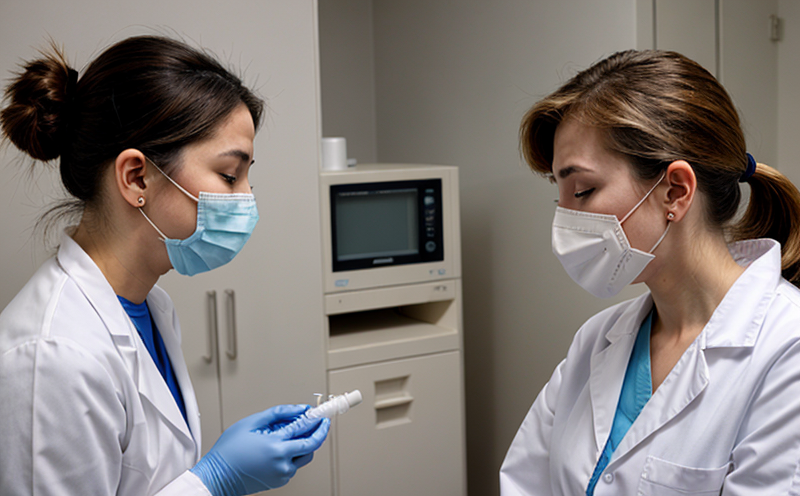Allergen Residue Testing in Pharmaceutical Manufacturing
In today’s healthcare landscape, ensuring that pharmaceutical products are free from allergens is critical. Allergy and immunology testing within the clinical sector plays a key role in safeguarding patient health by mitigating risks associated with potentially harmful residues. This service focuses on detecting even trace amounts of common allergens such as milk, eggs, soy, wheat, peanuts, tree nuts, fish, shellfish, and other contaminants that may inadvertently contaminate pharmaceutical formulations during production.
Pharmaceutical manufacturing processes are intricate, involving multiple stages where raw materials and intermediates can come into contact with substances that contain allergens. Even the smallest trace of an allergen can pose significant risks to individuals who have severe allergies or intolerances. This service is designed to provide accurate detection methods for allergen residues in final drug products, excipients, packaging materials, and production lines.
The testing process involves several critical steps:
- Sample collection: Careful selection of samples from various stages of the manufacturing process
- Preparation: Properly preparing the sample to ensure accurate analysis
- Analysis: Utilizing sensitive analytical techniques like ELISA, LC-MS/MS (Liquid Chromatography-Mass Spectrometry), and HPLC (High Performance Liquid Chromatography)
- Reporting: Providing detailed reports that include quantifiable data on allergen levels present in the sample
The importance of this service cannot be overstated, especially for companies producing medications intended for patients with known allergies. Regulatory bodies worldwide mandate stringent controls to prevent such contamination, and this testing ensures compliance.
| Applied Standards | Description |
|---|---|
| ISO 15216-1:2003 | Sensitization to allergen extracts of foodstuffs - Part 1: Methods for determining the allergenic potential of foodstuffs |
| ASTM E879-14 | Determination of trace elements in biological fluids and tissues by inductively coupled plasma mass spectrometry (ICP-MS) |
The service is crucial for maintaining patient safety, ensuring regulatory compliance, and protecting the reputation of pharmaceutical companies. By adhering to strict protocols and using advanced analytical techniques, this testing ensures that even the slightest trace of allergens in pharmaceutical products does not compromise patient health.
| Use Cases and Application Examples |
|---|
| Testing raw materials for potential allergen contamination before incorporation into final drug formulations |
| Analyzing intermediate stages of production to identify any cross-contamination risks |
| Monitoring the cleaning effectiveness between batches in production lines |
| Detecting allergens in packaging materials used for drug delivery systems |
The service also benefits R&D teams by providing insights into potential allergen sources and helping refine processes to avoid contamination.
Benefits
- Enhances patient safety by preventing allergic reactions due to cross-contamination
- Aids in regulatory compliance with international standards like ISO, ASTM, and FDA guidelines
- Promotes a safer environment for manufacturing facilities
- Supports quality assurance and control measures within pharmaceutical production processes
- Facilitates the development of allergen-free formulations through targeted testing





